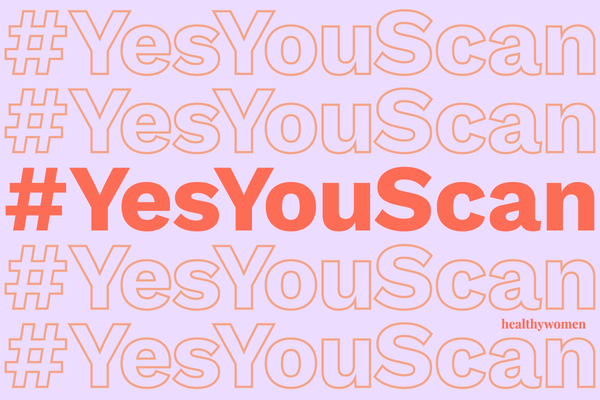Back pain is extremely common, with experts estimating that up to 80 percent of the population will experience back pain at some point in their lives.
If your back pain is disabling and persistent, your health care provider may recommend diagnostic tests like an XRAY or MRI to determine if surgery may be the best option for you.
Back surgery can help relieve some causes of back pain, but the key is the ability of your physician to identify key signs of symptoms to determine whether surgery is needed.
Some other reasons you may want to ask your health care provider for more information about surgery include: bone spurs in your spine; trouble walking; a degenerative spinal condition that's causing side effects like weakness; a slipped disk that isn't improving; a tumor on your spinal cord; or a broken or dislocated bone in your back. In most cases, your surgeon will discuss with you appropriate treatment based on your clinical history. However, it is important that you let you your surgeon know if you have unrelenting pain, neurological issues or a serious problem like a spinal cord injury.
Types of surgery
Some minimally invasive procedures are outlined below.
Balloon kyphoplasty
Balloon kyphoplasty (BKP) is a minimally invasive surgery that can stabilize a fracture or compressed vertebrae due to osteoporosis, cancer, or noncancerous tumors. It can alleviate your back pain from a spinal fracture and restore vertebral height and proper spinal alignment. Other benefits include improved mobility, ability to perform daily tasks and better quality of life. During surgery, balloons are used to elevate the fractured vertebra to return it to the correct position. The balloon creates a cavity that is filled with a special cement to prevent collapse from happening again. Good candidates are people with severe pain, those too frail or old or whose bones are too weak for spinal surgery, or younger people who have osteoporosis (where bones become weak and brittle) caused by steroid treatment or a metabolic disorder.
Diskectomy
Here, the damaged portion of a herniated disk is removed from the spine to relieve irritation and inflammation of a nerve. A herniated disk happens when some of the softer material inside the disk pushes out through a crack in the exterior. Typically, surgery involves full or partial removal of the back portion of a vertebra to get to the ruptured disc. It's most effective for treating pain that radiates down your arms or neck pain. It's less helpful for treating back pain. But your health care professional may suggest it if other treatments haven't worked or your symptoms worsen.
Laminectomy
Here, bones overlying the spinal canal are removed. That enlarges the spinal canal and creates space, relieving pressure on the spinal cord or nerves. Typically, the pressure is caused by bony overgrowths in the spinal canal, also known as bone spurs. These growths can happen in people who have arthritis in their spines and are also a normal part of aging. A laminectomy is generally only used when more conservative treatments haven't relieved symptoms or symptoms are severe or worsening.
Spinal fusion
Spinal fusion permanently connects two or more bones in your spine with metal plates, screws or rods. That fusion forms one, immobile unit. The surgery improves stability, corrects a deformity and relieves pain. It can be used to stop the progression of a spinal deformity (such as scoliosis), spinal weakness or instability, or a herniated disk.
Artificial disk replacement
Here, worn or damaged disks are removed and replaced with artificial ones. The procedure aims to help relieve back pain while maintaining normal motion. In general, good candidates for disk replacement have no prior surgery on the spine, no spinal deformity, back pain that's caused by one or two problematic disks, and no significant joint disease in the spinal nerve.
Make sure to speak with a health care professional about both the benefits and risks of these procedures.
For more information about VCF, visit the National Osteoporosis Foundation.
This resource was created with support from Medtronic.






